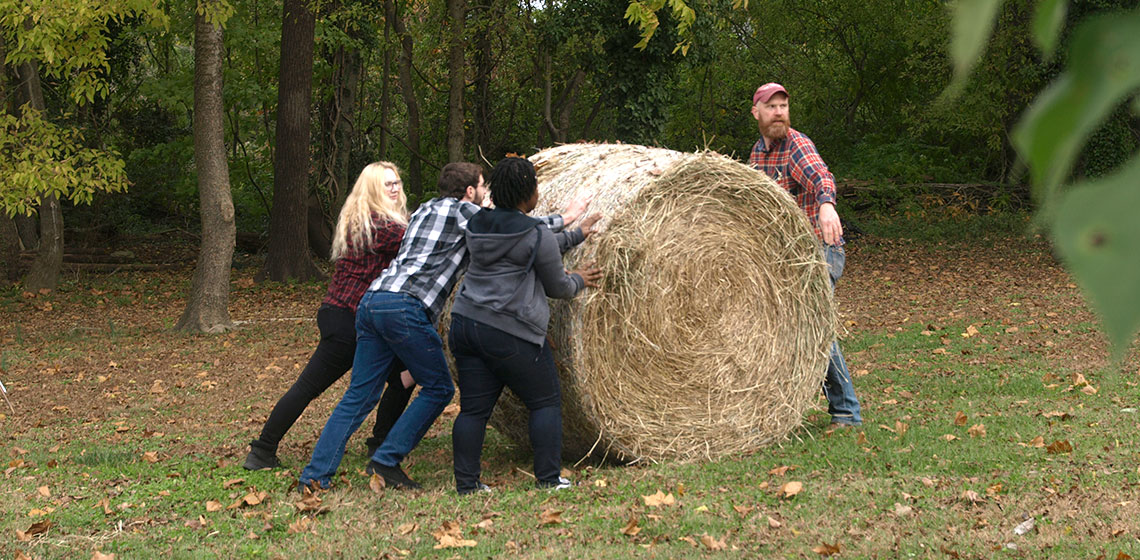The content is published under a Creative Commons Attribution Non-Commercial 4.0 License.
Unreviewed Mixed Matters Article:
Conference Review: Reconstructive & Experimental Archaeology Conference REARC 2017

There was something for everyone at the 2017 Reconstructive and Experimental Archaeology Conference, as it represented many aspects of experimental archaeology. The conference took place between the 16th and 19th of November, 2017, at Colonial Williamsburg in Williamsburg, Virginia. Although it was a small conference, the papers covered a diverse selection of topics related to experimental archaeology and included several student presenters.
While many of the papers discussed the results of experiments and research, there were various presentations on the application of experimental archaeology in education and public outreach. Research experiments ranged from pottery, bone tools and ethnographic studies to Mayan pigments, mummification and historical hand grenades. Educational opportunities for experimental archaeology were reviewed at elementary, high school and collegiate levels. Experimental archaeology as an avenue for public engagement was examined in papers that discussed the role of archaeology in museum and interpretative settings.
The keynote lecture, Growing Lost Crops, Reconstructing Ancient Knowledge Systems by Natalie Mueller was a highlight of the presentations. Mueller discussed the role of crop seeds in the archaeological record and their implications for understanding social intelligence and cultural practices of ancient peoples. Her research specifically explores the lost crops of eastern North America; she is experimenting with growing these plants and possibly their re-domestication. These experiments and research the lost crops can be better understood in their cultural context as well as conserved and documented. Mueller took care to discuss her research in a manner that could be understood regardless of one’s familiarity with the topic. As a result, her lecture could be appreciated regardless of one’s personal research interests.
The second day of the REARC conference provided an opportunity for attendees to experience the theory behind experimental archaeology applied in practice. This part of the conference was held within the living history museum, Colonial Williamsburg, where conference attendees could work with demonstrators who showed various crafts from prehistory and history. Again a broad range of research interests were covered through demonstrations of hide processing, textiles and cordage, bronze casting, ancient games, flint knapping and an atlatl competition. The demonstrations highlighted the importance of experimental archaeology in understanding the past, especially for students who could participate in the demonstrations. The activities also exhibited the opportunities experimental archaeology provides to spark public interest in the field. Many visitors to Colonial Williamsburg were interested in the demonstrations and engaged with the demonstrators and students.
Several of the conference attendees were undergraduate students and for many it served as a great introduction to experimental archaeology. As a small conference, REARC provided an intimacy that allowed students to be active participants in paper discussions, as presenters and in the demonstrations. Students were also able to meet leading scholars from around the world whilst learning about recent research related to their own academic interests.
Keywords
Country
- USA

